Proper placement of recessed lighting in the kitchen is essential for creating a well-lit and functional space. Recessed lighting, also known as can lights or downlights, provides a sleek and unobtrusive way to illuminate various areas in the kitchen. To achieve the best results, consider the layout of your kitchen, the tasks you perform in different zones, and the overall ambiance you want to create.
Begin by identifying the key work areas in your kitchen, such as the countertops, sink, stove, and any specific task areas. These zones will guide you in determining where to place recessed lights for optimal visibility and functionality. For general illumination, evenly space the lights throughout the kitchen to avoid shadows and dark corners.
Overhead placement is crucial for achieving balanced lighting. In a standard kitchen, placing recessed lights approximately 24 to 30 inches away from the wall and 4 to 6 feet apart can provide even coverage. Adjust the spacing based on the height of your ceiling; higher ceilings may require lights to be spaced slightly farther apart.

Over the countertops, recessed lights should be strategically placed to minimize shadows and ensure ample illumination for food preparation. Install lights directly above the countertop edges, spaced 12 to 18 inches apart. This arrangement helps prevent glare while providing sufficient task lighting.
Consider the placement of recessed lights to the kitchen’s architectural features. Lights positioned near cabinets, islands, or decorative elements can enhance the visual appeal of these features, adding depth and dimension to the overall design.
To avoid overlighting or creating a harsh atmosphere, incorporate dimmer switches with your recessed lighting. Dimmers allow you to adjust the brightness based on the time of day, specific tasks, or the desired mood. This flexibility adds versatility to your kitchen lighting design.

Take advantage of recessed lighting to highlight specific design elements or focal points in your kitchen. For instance, if you have artwork, a beautiful backsplash, or open shelving, strategically placed recessed lights can draw attention to these features, creating a more aesthetically pleasing environment.
When installing recessed lights in the kitchen, be mindful of any existing fixtures or pendant lights you may have. Ensure a cohesive lighting scheme by coordinating the styles and color temperatures of different light sources. Consistency in lighting design contributes to a harmonious and well-integrated kitchen space.
In addition to task and ambient lighting, consider incorporating accent lighting with adjustable recessed fixtures. These lights can be directed towards specific areas, such as a decorative piece on the wall or a collection of items on open shelves, adding layers to your kitchen lighting design.
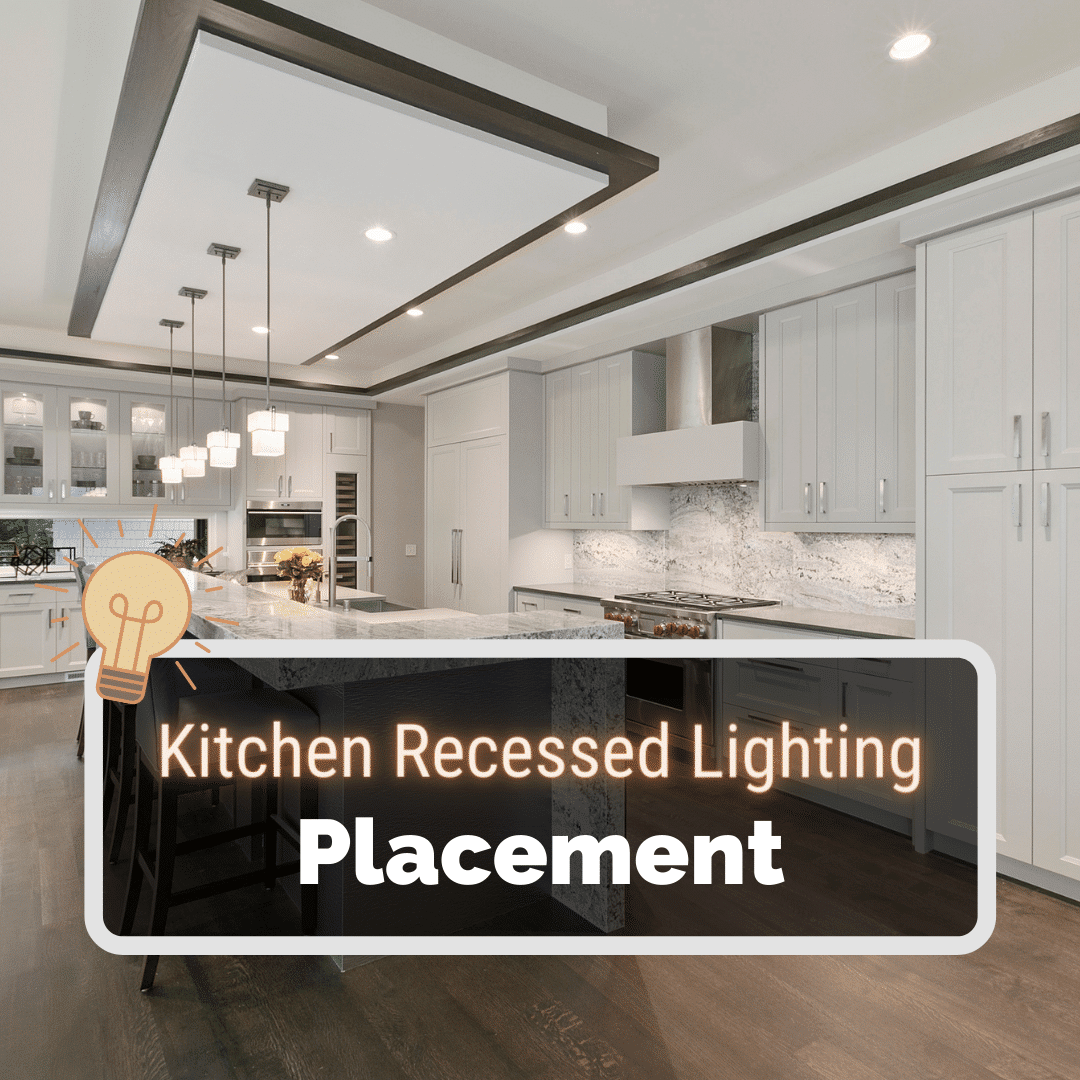
Choose LED bulbs for your recessed lighting for their energy efficiency and long lifespan. LED lights also come in various color temperatures, allowing you to customize the ambiance of your kitchen. Warm white tones are ideal for creating a cozy atmosphere, while cool white tones enhance task visibility.
The color of your kitchen walls and cabinets can influence the effectiveness of recessed lighting. Light-colored surfaces reflect more light, contributing to a brighter and more open feel. Darker surfaces may absorb light, so it’s essential to compensate by adding more recessed lights to maintain adequate illumination.
Pay attention to the beam angle of your recessed lights. Wider beam angles are suitable for general illumination, while narrower beams are ideal for highlighting specific areas or features. Combining different beam angles throughout your kitchen can create a well-balanced and versatile lighting scheme.
In kitchen spaces with high ceilings or open floor plans, consider using adjustable recessed lights that can be tilted or rotated. This flexibility allows you to direct light precisely where it’s needed, accommodating various activities and layouts within the space.
Prioritize energy efficiency by selecting recessed lights with the ENERGY STAR label. ENERGY STAR-certified fixtures meet strict efficiency and performance standards, helping you reduce energy consumption and lower your utility bills without compromising on lighting quality.
Evaluate the natural light in your kitchen and coordinate it with your recessed lighting plan. If your kitchen receives ample natural light during the day, you may need fewer recessed lights. However, in areas with limited natural light, strategically placed recessed fixtures become even more crucial for maintaining a well-lit space.
Before installing recessed lights, consult with a professional electrician to ensure compliance with local building codes and safety regulations. Professional installation not only ensures the correct placement of fixtures but also addresses any electrical considerations and potential issues.
The proper placement of recessed lighting in the kitchen is a thoughtful and strategic process that takes into account the layout, tasks, and aesthetics of the space. By carefully considering the key work areas, architectural features, and overall design, you can create a well-lit kitchen that is both functional and visually appealing. Incorporating dimmers, accent lighting, and energy-efficient fixtures adds versatility and sustainability to your lighting design, making your kitchen a more enjoyable and efficient space for various activities.
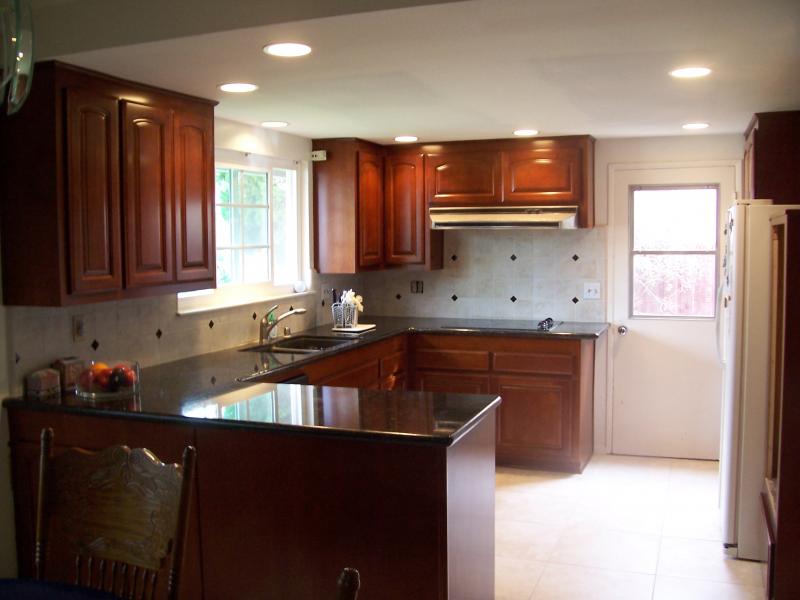
Recessed Lighting Placement for Kitchen
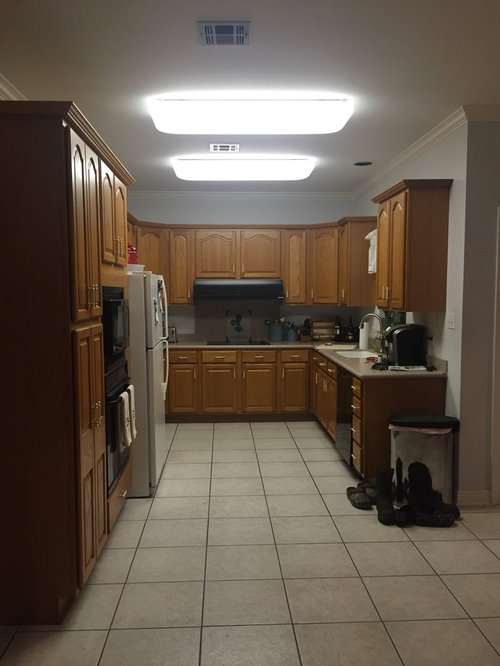
Recessed Kitchen Lighting Remodel
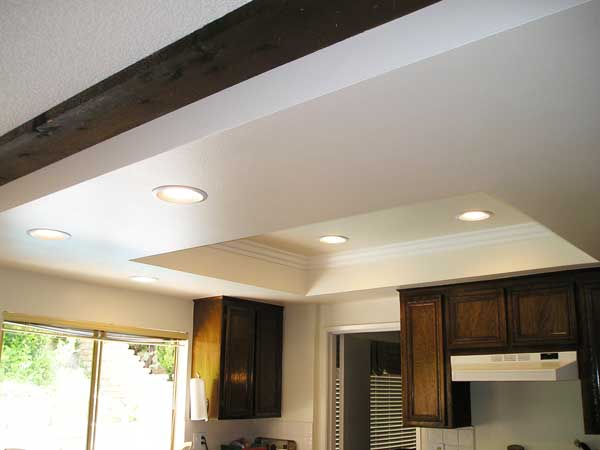
light spacing kitchen recessed lighting placement can small ceiling ideas beauti Can lights in

Kitchen recessed lighting help
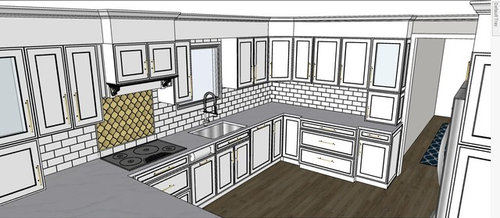
Related Posts: